|
Here’s something I see way too often in the athlete community: most endurance athletes UNDER eat! You read that right, the people who should be taking in quality food to ensure their bodies are getting what is needed to perform optimally are missing the mark. Instead of experiencing PRs and strong races, these athletes are dealing with fatigue and poor performance. But maybe they aren’t even realizing they are undereating! I don’t blame them. In today’s world, we are often bombarded with messages of “eat less” so even when we think we are eating more, we aren’t simply because of some preconceived notions of what a meal should look like. That is why today I want to talk to you about tracking your food. Yes, it can be tedious and time consuming but tracking your food can reveal A LOT about your eating habits and how they are contributing to your performance outcomes. Essentially, you can’t manage what you don’t measure so it’s time to make food tracking a priority!
|
AuthorTiana Rockwell is a certified nutritional therapist, avid endurance athlete and dark chocolate lover. She believes that by eating REAL food, we can balance our body and reach optimal health and wellness! Archives
May 2022
Categories
All
|
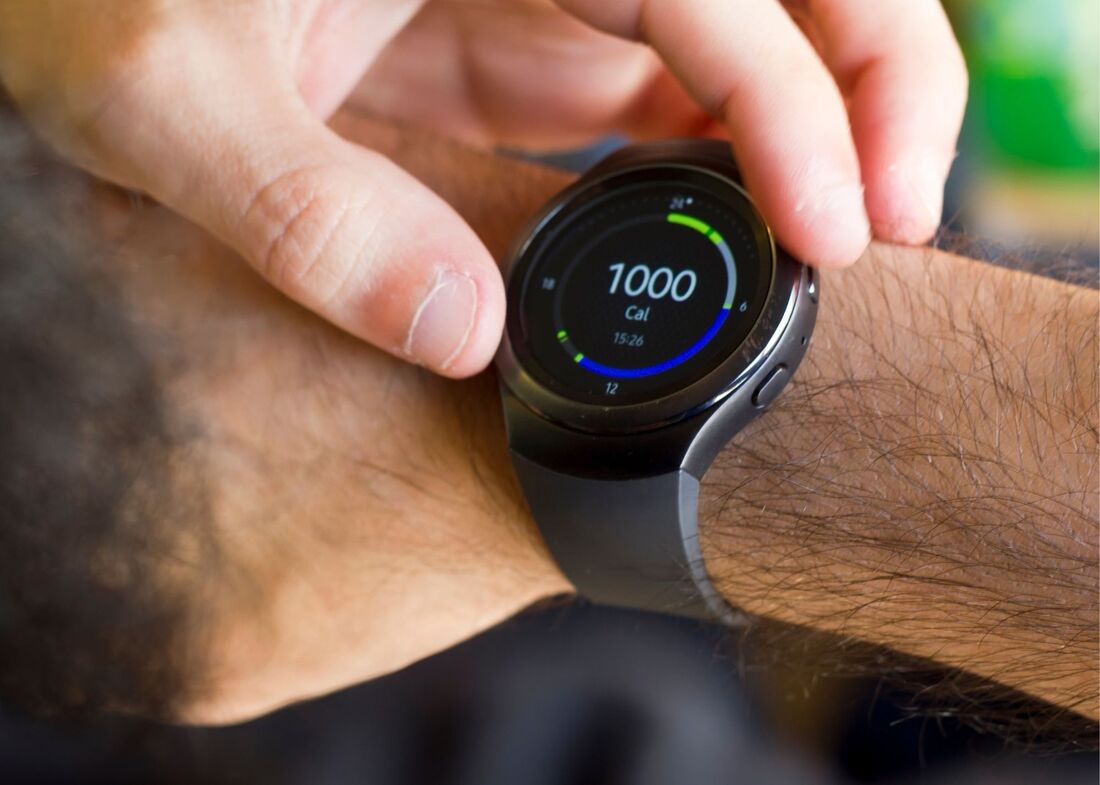


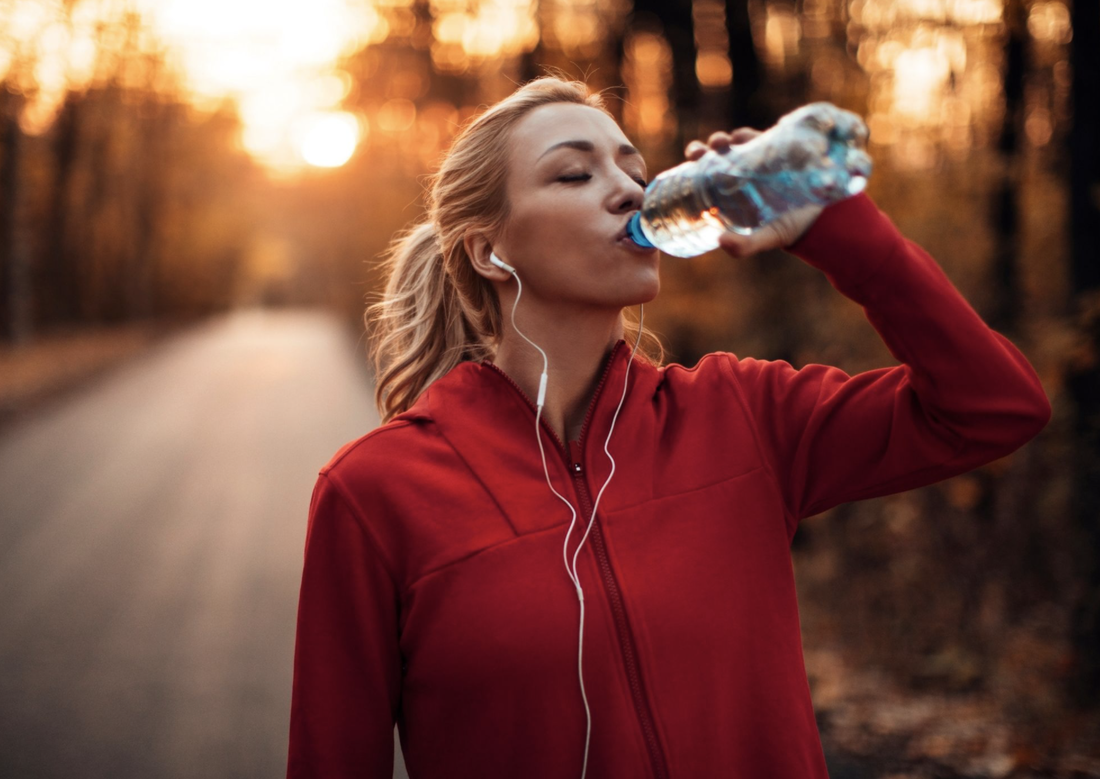
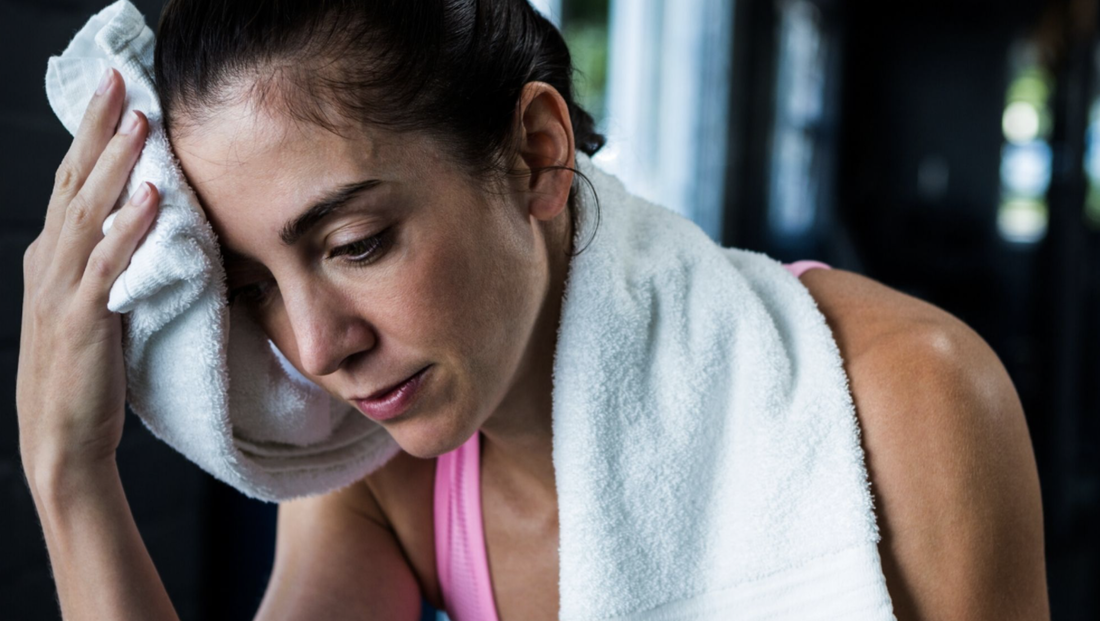
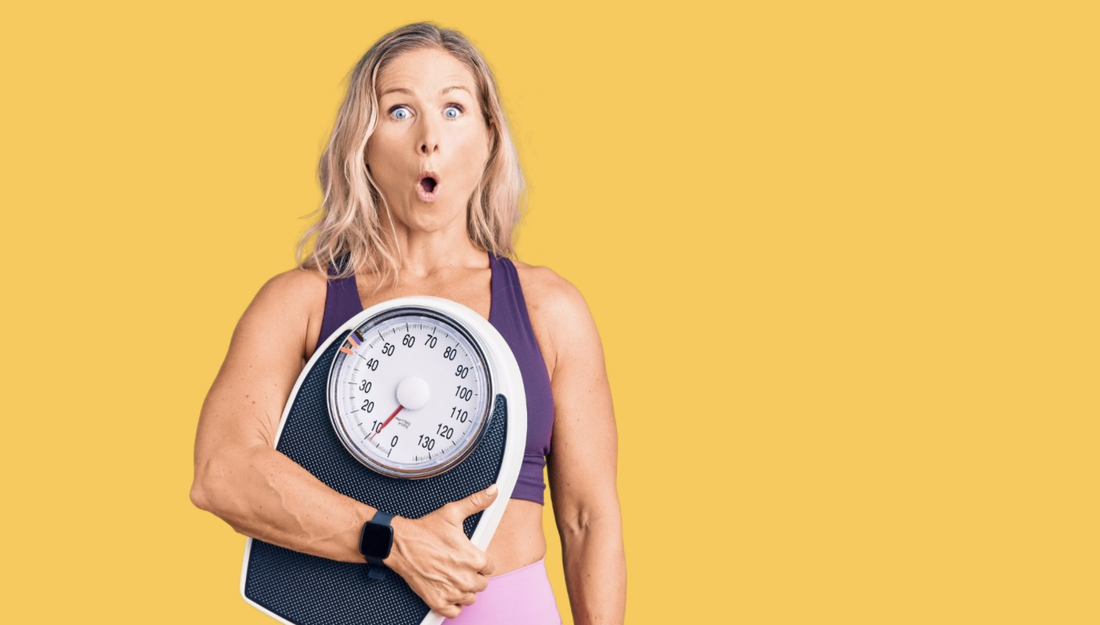
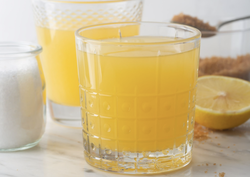
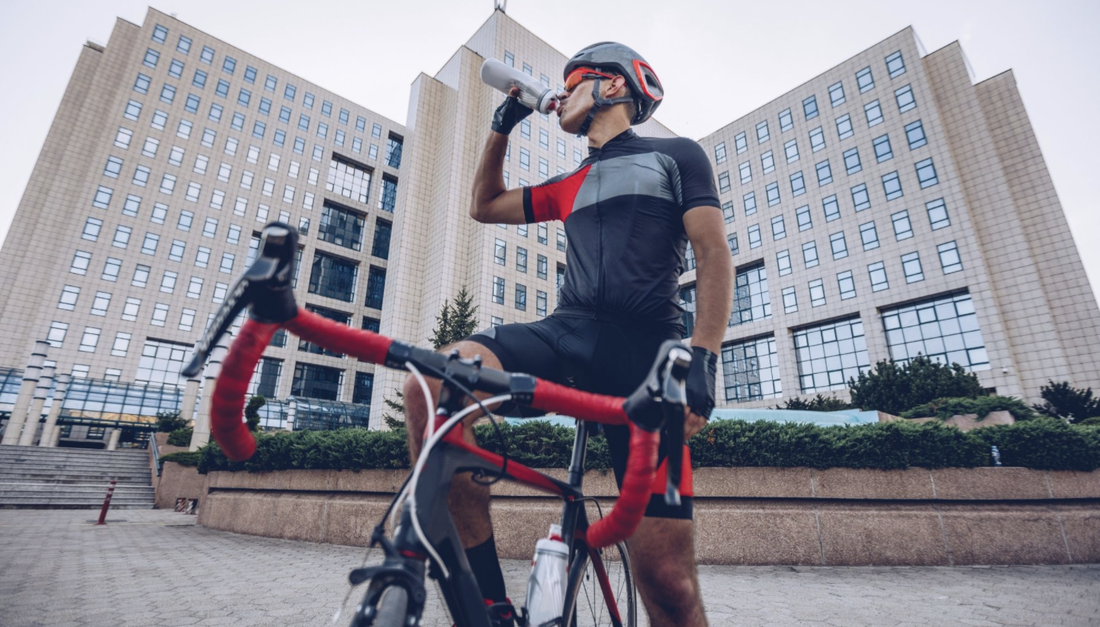

 RSS Feed
RSS Feed